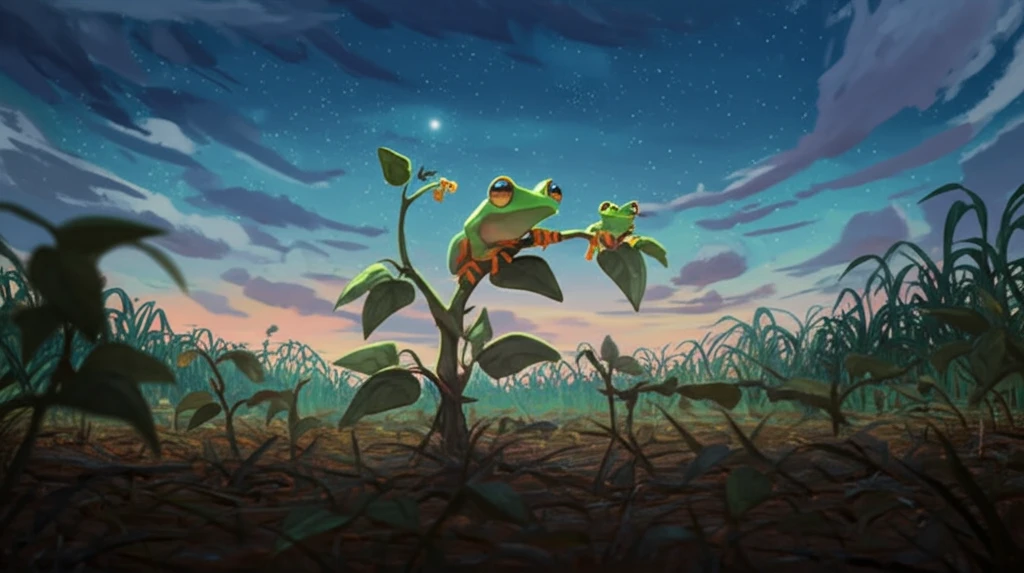
Secrets of the Cerrado: Unveiling Goiás' Hidden Frog Diversity
"Discover how agricultural landscapes in Brazil's Goiás State surprisingly harbor rich amphibian life, challenging conventional conservation wisdom."
The Cerrado, Brazil's vast savanna, is a biodiversity hotspot, second only to the Amazon rainforest in size. It is home to a stunning array of life, including around 150 species of frogs, many of which are found nowhere else on Earth. This makes the Cerrado a critical area for conservation, yet it faces immense pressure from agricultural expansion and habitat loss.
For years, scientists have focused on studying amphibians in Brazil's coastal regions and major river basins, often overlooking the interior landscapes. However, recent research is changing this perspective, revealing that areas once thought to be heavily impacted by human activities can still harbor surprisingly diverse frog communities. This is especially true in regions where agriculture and natural vegetation intersect, creating a complex mosaic of habitats.
A groundbreaking study conducted in the southwest region of Goiás State, located in central Brazil, has shed light on the remarkable ability of frogs to persist in agricultural landscapes. This inventory of anuran amphibians, encompassing both adult frogs and tadpoles, highlights the delicate balance between conservation and agriculture, offering valuable insights for future environmental policies and management strategies.
How Can Frog Populations Thrive Amidst Soybeans and Sugarcane?

Between 2007 and 2009, researchers embarked on a meticulous survey of 45 different water bodies in Goiás, Brazil. These sites, ranging from small ponds to larger wetlands, were strategically selected near soybean and sugarcane plantations, pastures, and patches of native vegetation. The goal was to understand how different land uses influenced the diversity and distribution of frog species.
- Hylidae: This family, also known as tree frogs, was the most diverse, boasting 18 different species.
- Leptodactylidae: Often called South American frog, this family came in second with 8 species.
- Leiuperidae: Represented by 5 species.
- Bufonidae: Commonly known as toads, this family contributed 2 species.
- Cycloramphidae and Microhylidae: Each of these families was represented by a single species.
A Call to Action: Protecting Goiás' Amphibian Treasures
The study underscores the urgent need for conservation efforts that consider the unique characteristics of agricultural landscapes. Simple diversity measures, like species counts, may not fully capture the impact of human activities on biodiversity. It is essential to employ a range of assessment methods, including phylogenetic and functional diversity, to gain a deeper understanding of how disturbances affect the structure and function of frog communities. This information can then be used to develop effective conservation strategies that promote the coexistence of agriculture and biodiversity in the Cerrado.
